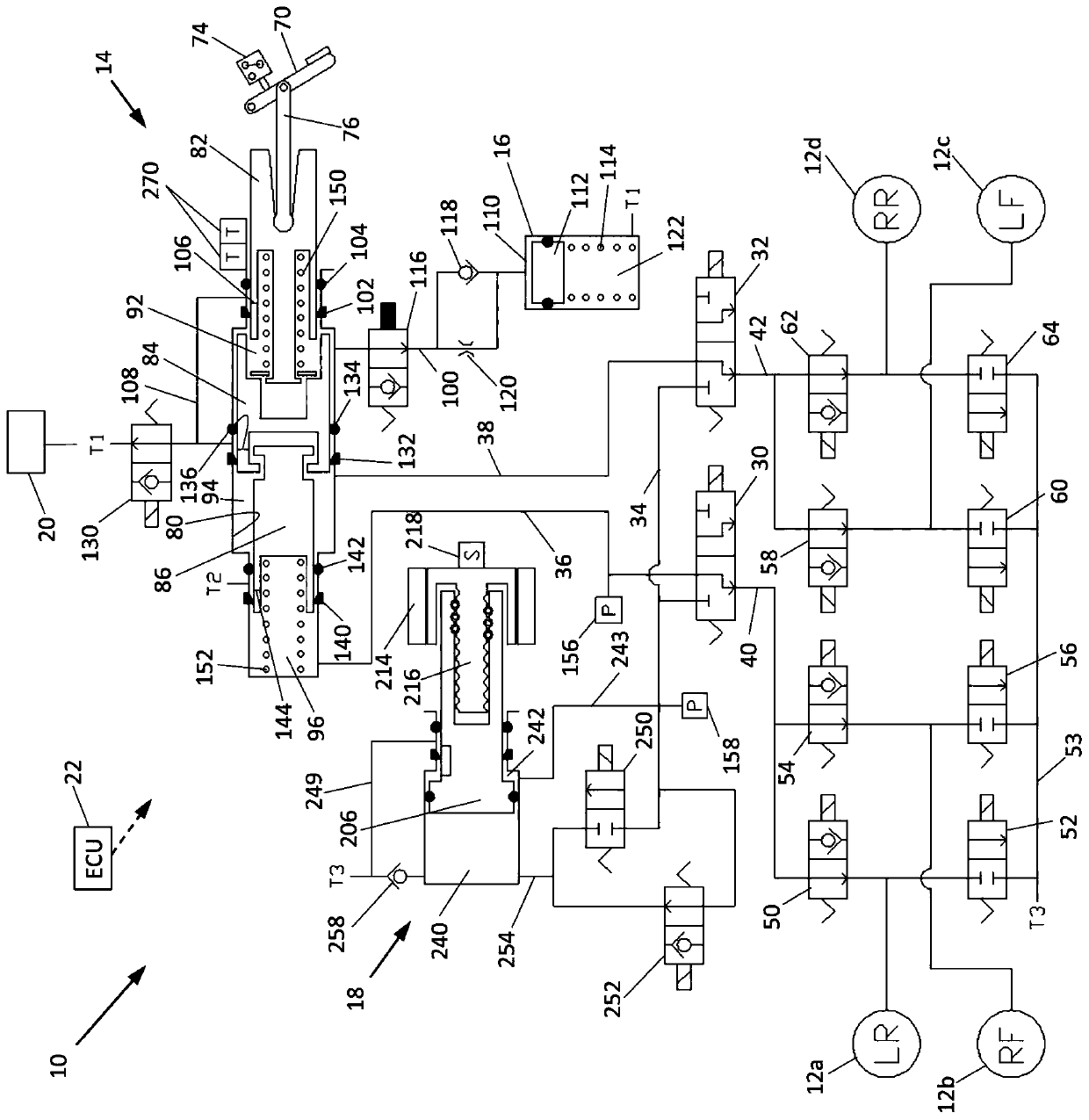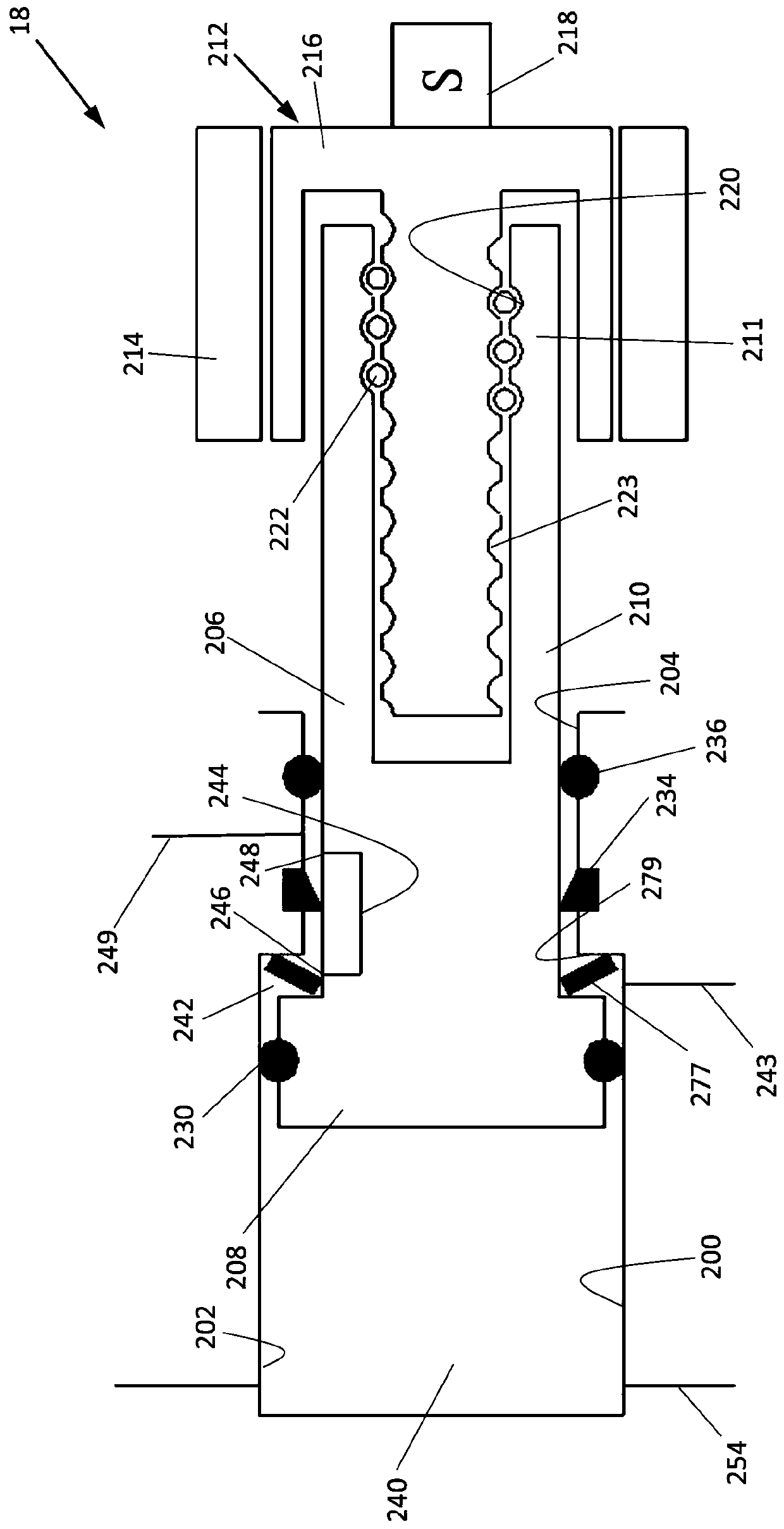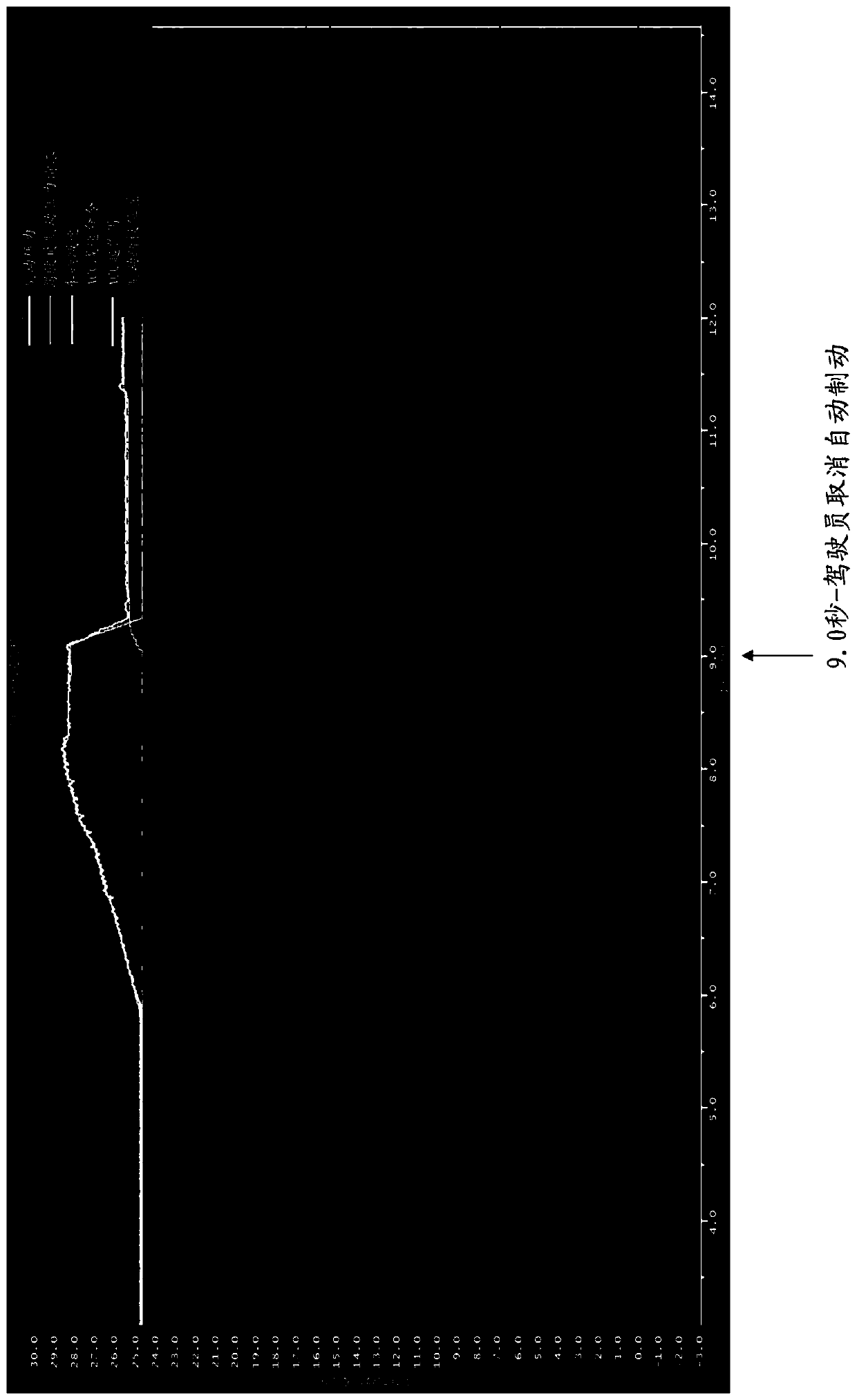Method of controlling vehicle brake system
A technology for braking systems, wheel brakes, applied in control/regulating systems, brakes, vehicle components, etc., to solve problems such as application, excessive braking pressure, loss of directional control, etc.
- Summary
- Abstract
- Description
- Claims
- Application Information
AI Technical Summary
Problems solved by technology
Method used
Image
Examples
Embodiment Construction
[0023] Referring now to the accompanying drawings, in figure 1 A first embodiment of a vehicle braking system, indicated generally at 10 , is schematically shown in FIG. The braking system 10 is a hydraulic braking system in which fluid pressure from a source is operated to apply braking pressure for the braking system 10 . Braking system 10 may be adapted for use in ground vehicles, such as motor vehicles with four wheels. Additionally, the braking system 10 may be provided with other braking functions, such as anti-lock braking (ABS) and other slip control features, to effectively brake the vehicle, as described below. In the illustrated embodiment of the braking system 10, there are four wheel brakes 12a, 12b, 12c and 12d. The wheel brakes 12a, 12b, 12c and 12d may be of any suitable wheel braking arrangement operated by application of pressurized brake fluid. The wheel brakes 12a, 12b, 12c, and 12d may include, for example, brake calipers mounted on the vehicle to engag...
PUM
 Login to View More
Login to View More Abstract
Description
Claims
Application Information
 Login to View More
Login to View More - R&D
- Intellectual Property
- Life Sciences
- Materials
- Tech Scout
- Unparalleled Data Quality
- Higher Quality Content
- 60% Fewer Hallucinations
Browse by: Latest US Patents, China's latest patents, Technical Efficacy Thesaurus, Application Domain, Technology Topic, Popular Technical Reports.
© 2025 PatSnap. All rights reserved.Legal|Privacy policy|Modern Slavery Act Transparency Statement|Sitemap|About US| Contact US: help@patsnap.com



